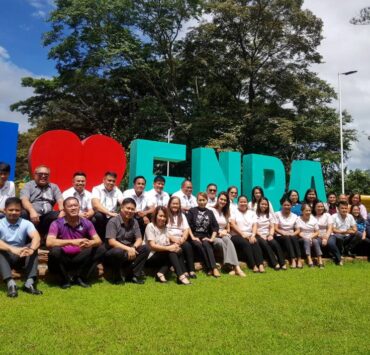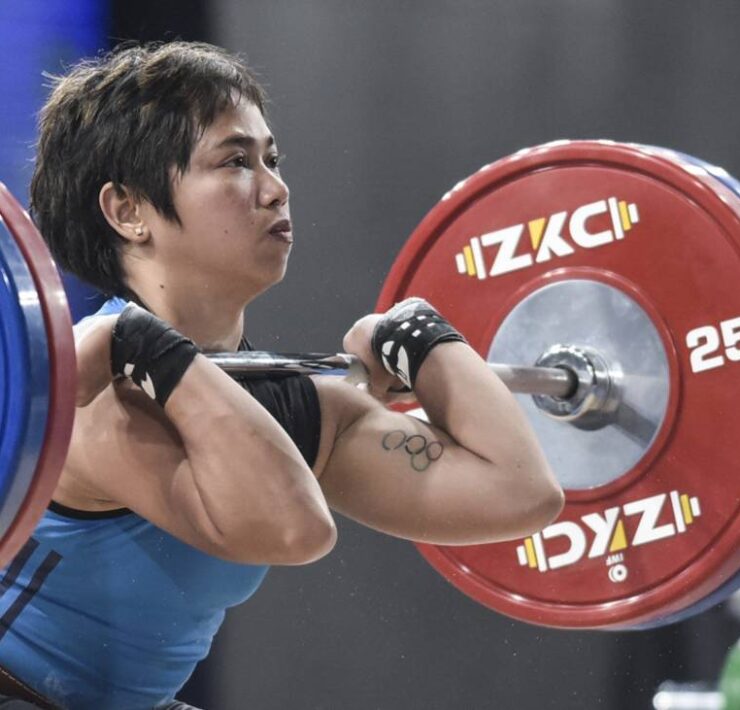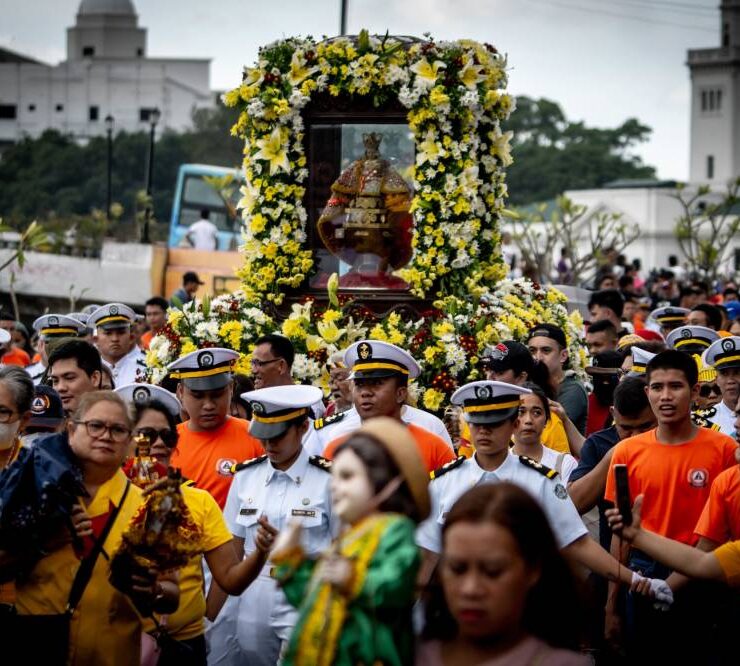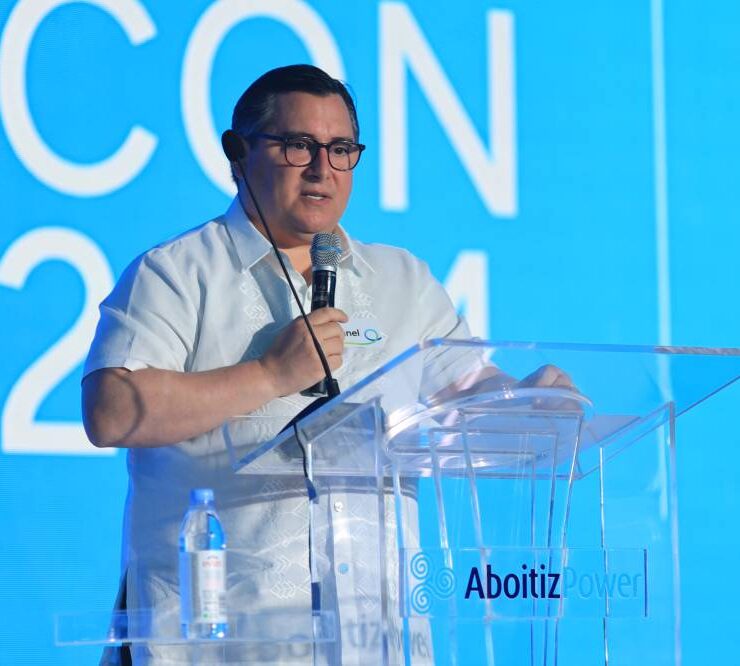SC making tech work for more accessible, inclusive justice
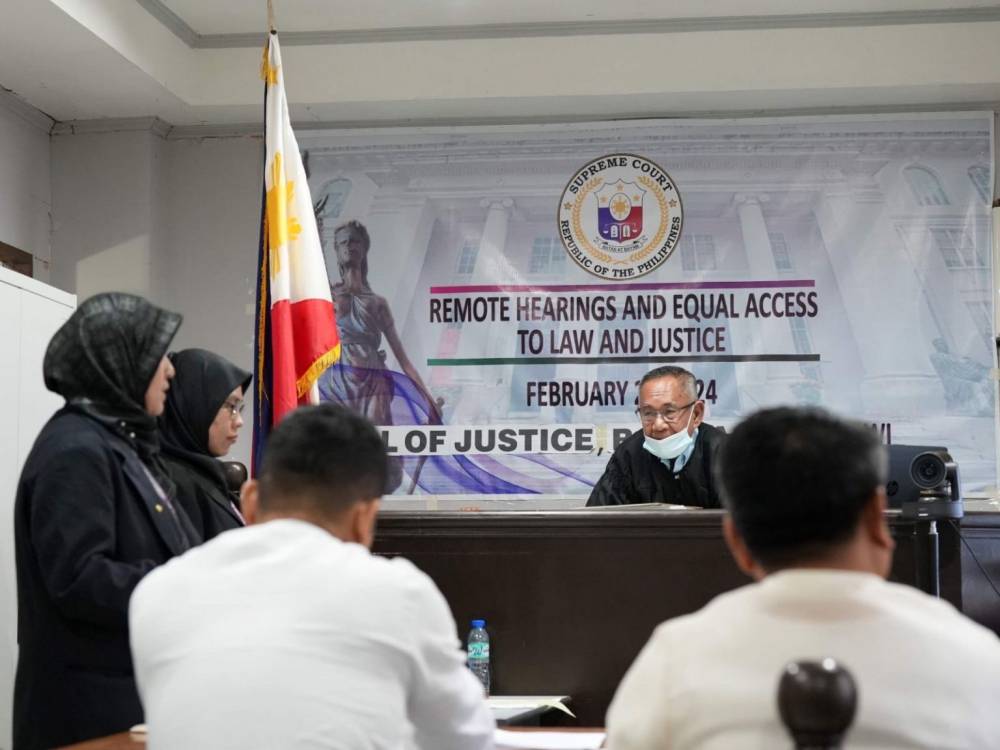
Access to justice remains a challenge in the Philippines as revealed by a 2019 World Justice Project survey that showed that, of the 30 percent of Filipinos who faced legal problems, only one in five managed to secure legal information, advice, or representation.
The problem is exacerbated in far-flung areas like the province of Tawi-Tawi, the country’s southernmost tip, where the journey to its remotest islands takes five to six hours by boat from the capital town, Bongao.
Thanks to advancements in technology, however, legal assistance is now more accessible, bringing justice closer to those literally and figuratively on the fringes of society.
Earlier this year, the Supreme Court marked a milestone after Chief Justice Alexander Gesmundo set foot on the island province, the first incumbent top magistrate to do so, sending a message that “real” justice is inclusive and accessible.
“Personally, I consider the visit of the chief justice and his team as historic. Historic in the sense that this is the first time in the history of Tawi-Tawi that an incumbent chief justice of the Supreme Court has visited this province,” said Abdulmoin Pakam, executive judge of Bongao Regional Trial Court Branch 5, during the visit on Feb. 28.
The visit coincided with the launch of the Supreme Court’s Remote Hearing and Equal Access to Law and Justice (REAL Justice) program, an offshoot of the Justice on Wheels initiative introduced in 2004.
The enhanced project aimed not only to provide buses with videoconferencing capabilities, Senior Associate Justice Marvic Leonen said, but also to use boats and motorcycles where the satellite link may be brought to the island via speedboat. Litigants are transported to the town center by motorcycle or “habal-habal” where the videoconference trial is held.
“With these videoconferencing facilities, there will be no more postponements. It’s time to change the way justice is delivered in our country,” Gesmundo said.
Courts first adopted videoconferencing hearings (VCH) during the pandemic to control the spread of COVID-19 while cautiously resuming normal operations.
Months after the Tawi-Tawi launch, the Supreme Court is revising its rules to permanently integrate VCH, enabling judges to expedite cases and reduce costs.
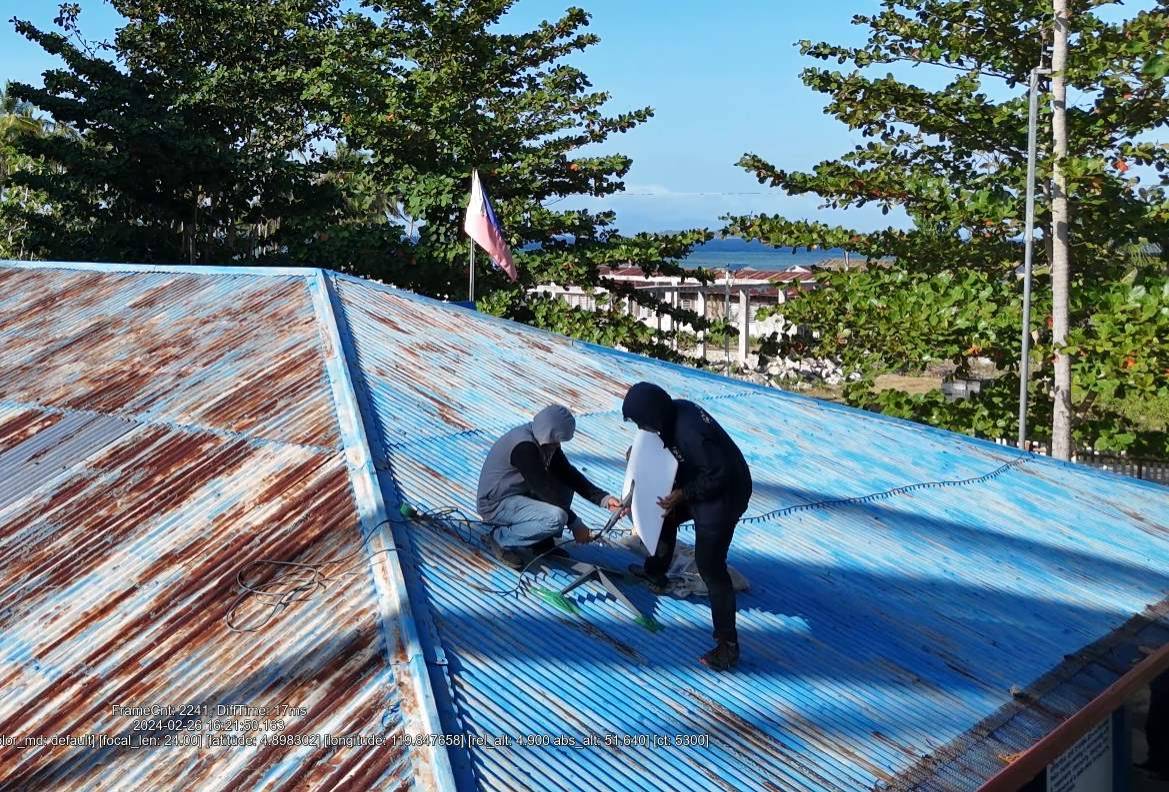
Leveraging AI
“Hence, in instances when distance poses a logistical burden to any party or witness, or when illness or other impediments to mobility [like age] exist, the courts will be allowed to resort to VCH,” Gesmundo said earlier this year.
The push to modernize court processes is part of the Supreme Court’s Strategic Plan for Judicial Innovations 2022-2027 (SPJI), a five-year blueprint aimed at delivering real-time, responsive justice.
One SPJI objective is leveraging artificial intelligence (AI) to enhance court administration, including human resource management, finance, security, legal research, document analysis and case management.
The tribunal is carefully looking at the possible application of AI tools like GPT. For now, it has begun pilot-testing AI-based voice-to-text transcription software for stenographers in all Sandiganbayan divisions and select trial courts.
At the Philippine Judges Association National Convention in Iloilo City in October, Gesmundo particularly took note of Scriptix, an AI software currently being tested to address the ongoing shortage of court stenographers by reducing transcription time.
Speaking to the media on Nov. 6, deputy clerk of court and chief information officer Jed Sherwin Uy demonstrated how the tool works—the recorded audio is uploaded on the software, which then transcribes it to text.
Using Scriptix, at least at the Sandiganbayan, the time spent working on the transcription has been reduced by half, Uy said.
But the material produced by the software would still undergo verification and proofreading by a stenographer to ensure the accuracy of the transcription.
As the Supreme Court justices have repeatedly emphasized, AI or any other technology cannot replace human agency and oversight.
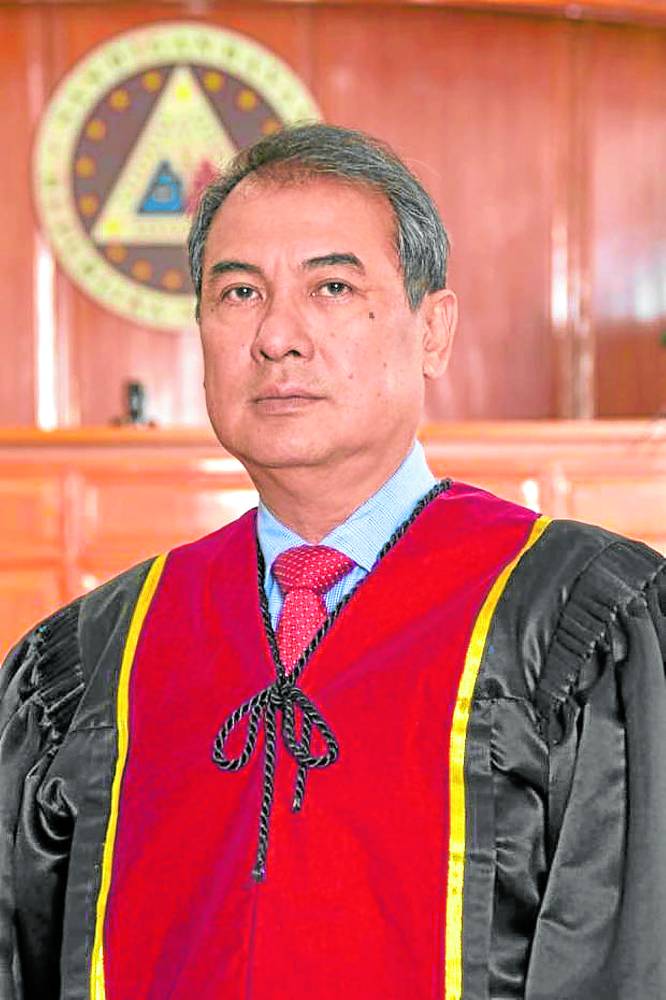
Minding nuances
Leonen cited the nuanced use of Filipino words like “talaga,” which can convey different meanings depending on context and tone—something AI might miss.
“Talaga,” depending on how it was said, could convey surprise, certainty, or confirmation. This underscores the importance of human judgment, Leonen explained.
This is why, Leonen said, despite the advancement of technologies like AI, the Supreme Court “will not do away with human agency.”
As Gesmundo stressed in a speech last October: “Justice is not achieved through a mechanical application of the law, but through a humane interpretation which recognizes the primacy of the individual for whom the law was made.”
In addition to transcription tools, the judiciary is also exploring AI-assisted translation and interpretation of court transcripts and decisions into native Filipino languages, improving accessibility for nonnative speakers.
Leonen said that the Supreme Court plans to come out with an AI governance framework focusing on principles such as transparency, accountability, fairness, privacy and security.
He noted that the judiciary may soon have to deal with a case that would require them to interpret the Constitution and present laws toward more responsible and ethical AI use.
“We are prepared and continuously preparing for that eventuality,” he said.
Transition to e-filing
Despite these advancements, digitalization remains the high court’s priority.
As of Sept. 1, first- and second-level courts have gradually transitioned to electronic filing (e-filing) for civil cases under eCourt PH 2.0.
Beginning Dec. 1, courts will require all pleadings and submissions in civil cases to be filed electronically, except for initiatory pleadings.
During the second anniversary of the Supreme Court’s policy document on Oct. 21, the chief justice stressed that their goals for the SPJI may be “lofty” but “not unattainable.”
“The programs we initiated or plan to initiate were conceived from foresight and experience. While they could not be born except through hard work and dedication, the hope that justice will soon be within arm’s reach for the marginalized and underserved inspires us to persevere,” he said.















